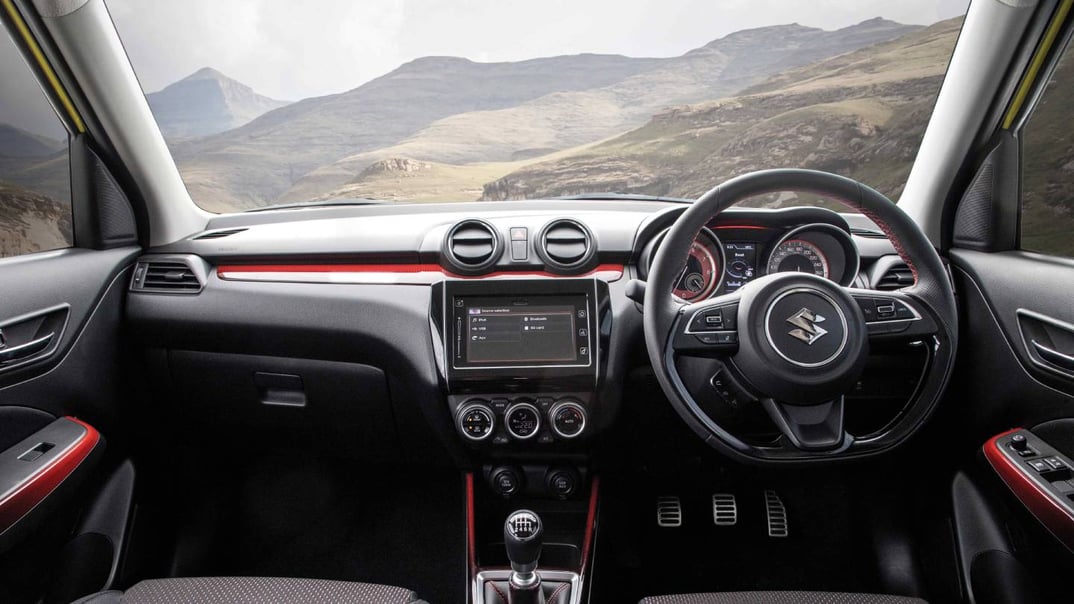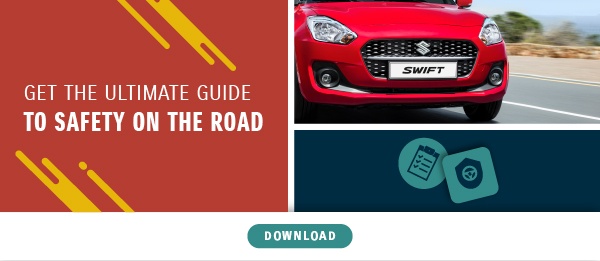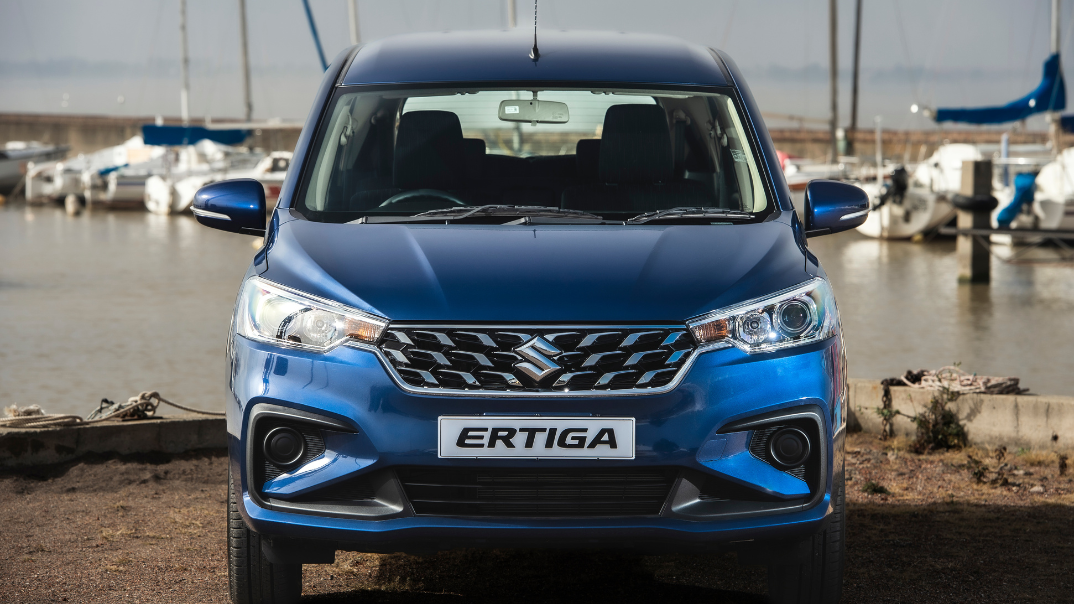 Hijacking is a very real and dangerous possibility in South Africa, and the risk only increases over the holiday season. Share these tips with your loved ones to keep everyone as safe as possible.
Hijacking is a very real and dangerous possibility in South Africa, and the risk only increases over the holiday season. Share these tips with your loved ones to keep everyone as safe as possible.
According to the most recent Victims of Crime Survey released by Statistics SA, there has been a slight decline in overall crime across South Africa, but there has been a steep increase in the number of hijackings between April 2016 and March 2017, by as much as 93%. The exact figures vary depending on which survey you reference, but there is consensus that hijackings have certainly increased at an alarming rate.
Motorists, therefore, need to be extra vigilant, especially over the festive season when crime and hijackings tend to spike. No matter what your age or what vehicle you drive, it is always a good idea to attend a hijacking prevention course. There are many fantastic courses available (many vehicle manufacturers offer them as well), so do a little research and find one that suits you.

Another excellent resource is Arrive Alive, where you can find information on – and prevention tips for – different types of hijackings. The below tips are some key highlights that all motorists (drivers and passengers) should keep in mind, especially since hijacking incidents seem to be on the rise.
- Stay alert - It’s starting to sound like a cliché, but the worst thing any driver can do is let themselves be distracted while driving. Take note of vehicles around and behind you – hijackers often follow their victims home – so you want to be able to pick up if a vehicle is following you. If you’re unsure, do not stop, but rather drive to the nearest public place or police station.
- Install a panic button - Many anti-theft and vehicle tracking systems come with a panic button (or even automatic alert) that immediately notifies relevant parties that you’re in trouble. Many insurance companies actually insist on such systems being installed (or give preferential rates to customers who have them). It’s well worth it – if you are ever faced with a hijack situation, you want to make sure help is called in as soon as possible.
- Know when you’re most at risk - Most of us have the idea that hijackings happen ‘out there’ – when in fact you’re actually most at risk near your home. Criminals tend to wait in driveways, or even inside the yard, knowing this is where people feel safe and tend to be less on guard, and therefore easier targets.
- Keep it tidy - Be aware of hiding places along your driveway or near your gate / garage. Large trees, shrubs and hedges look beautiful, but they also provide the perfect hiding place for hijackers.
- Have a ‘system’ - One very effective method is to set up a system (or just good habits) when nearing or leaving your house. Survey the area, be aware of any potential hiding places, and if there is someone at home ask them to turn on exterior and even internal lights, so that it’s obvious to onlookers there are other people around. This will often work as a deterrent.
- Train your kids - One of the most terrifying situations anyone can face is a hijack situation with their children in the car. If you have young children, our best advice is to do a reputable hijack prevention course as it teaches you how to prepare yourself and your children if you’re ever faced with the situation. The key point to remember is that they’re after the car – if you stay calm you and your children stand a much better chance of getting away without injury as most hijackers simply want to get away with the vehicle as soon as possible. It’s good advice to run your kids through a few scenarios so that they know to stay calm and follow your instructions.
- Give them the car - This may sound like a moot point, but our first instinct when someone tries to take away a car that probably cost a small fortune, is to argue or resist. But it’s not worth it. If you ever find yourself in this situation surrender your vehicle and keys immediately and then try to put as much distance between yourself and the vehicle as possible. Don’t run or agitate them in any way, but gradually back away from the car making it clear to them that they’re free to go. If they have to choose between going after the vehicle or you, they will choose the vehicle, it’s what they came for.
- Don’t stop for obstacles in the road - A tried and true trick that many hijackers employ is littering deserted roads with brick, rocks or other obstacles. If you hit one of these, don’t stop if your car is still in driving condition. Make your way to a safe and populated area before checking your car. Many people also get caught out doing the ‘right thing’ by stopping to remove these dangerous objects from the road.
- Take it slow - If you’re driving late at night, or along quiet roads, you want to avoid standing still at red lights, as this is the perfect opportunity for hijackers to attack. The best solution is to start slowing down long before your reach the traffic lights, giving them a chance to turn green before you need to come to a complete standstill. Naturally, you need to be very aware of your surroundings.
- Avoid temptation - It might add a few seconds of hassle to your day, but keep valuables out of sight. Many hijackings are crimes of opportunity, meaning they’re unplanned and criminals pick their victims seemingly at random. Having valuable items such as handbags, jewelry and cellphones immediately visible will make you a much more tempting target.
- Mind the gap - Hijackings occur everywhere, even in the middle of traffic during the middle of the day. When you stop behind a car at a traffic light, make sure you leave some room for escape. Hijackers often use traffic as an opportunity, because they know you’re boxed in. By leaving space behind the car in front of you, you at least have some wiggle room to make an escape.
If you found the advice in this article useful why not read our article 7 ways to drive safer at night.
For some helpful advice on avoiding a hijacking, you can download this inforgraphic for some top tips on avoiding a hijacking - we hope you find these helpful.
Here's a useful guide to help you to troubleshoot some common car problems, so that you know whether or not you need to contact a mechanic. It also covers a variety of driver safety tips to keep you and your loved ones safe on the road.




.png)